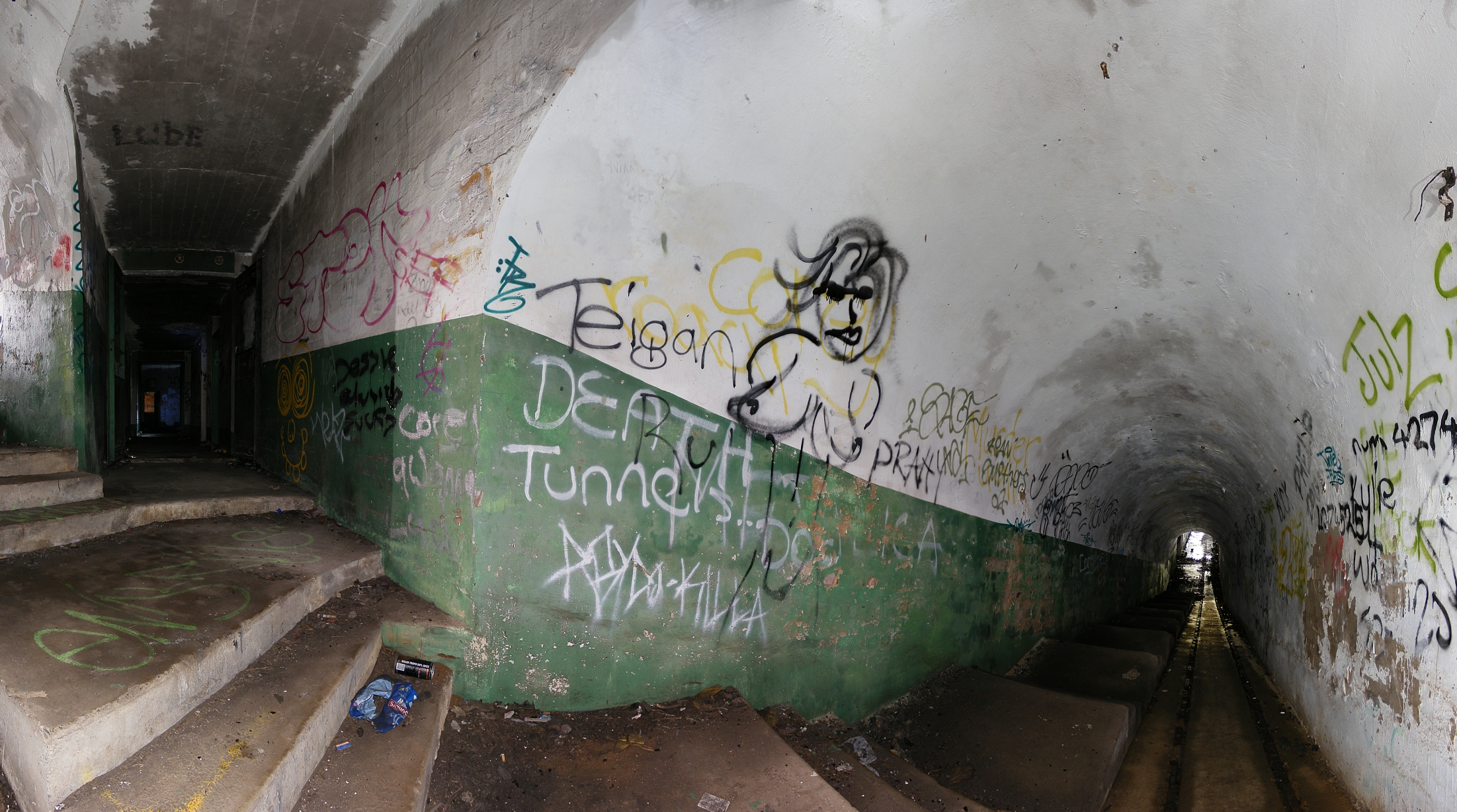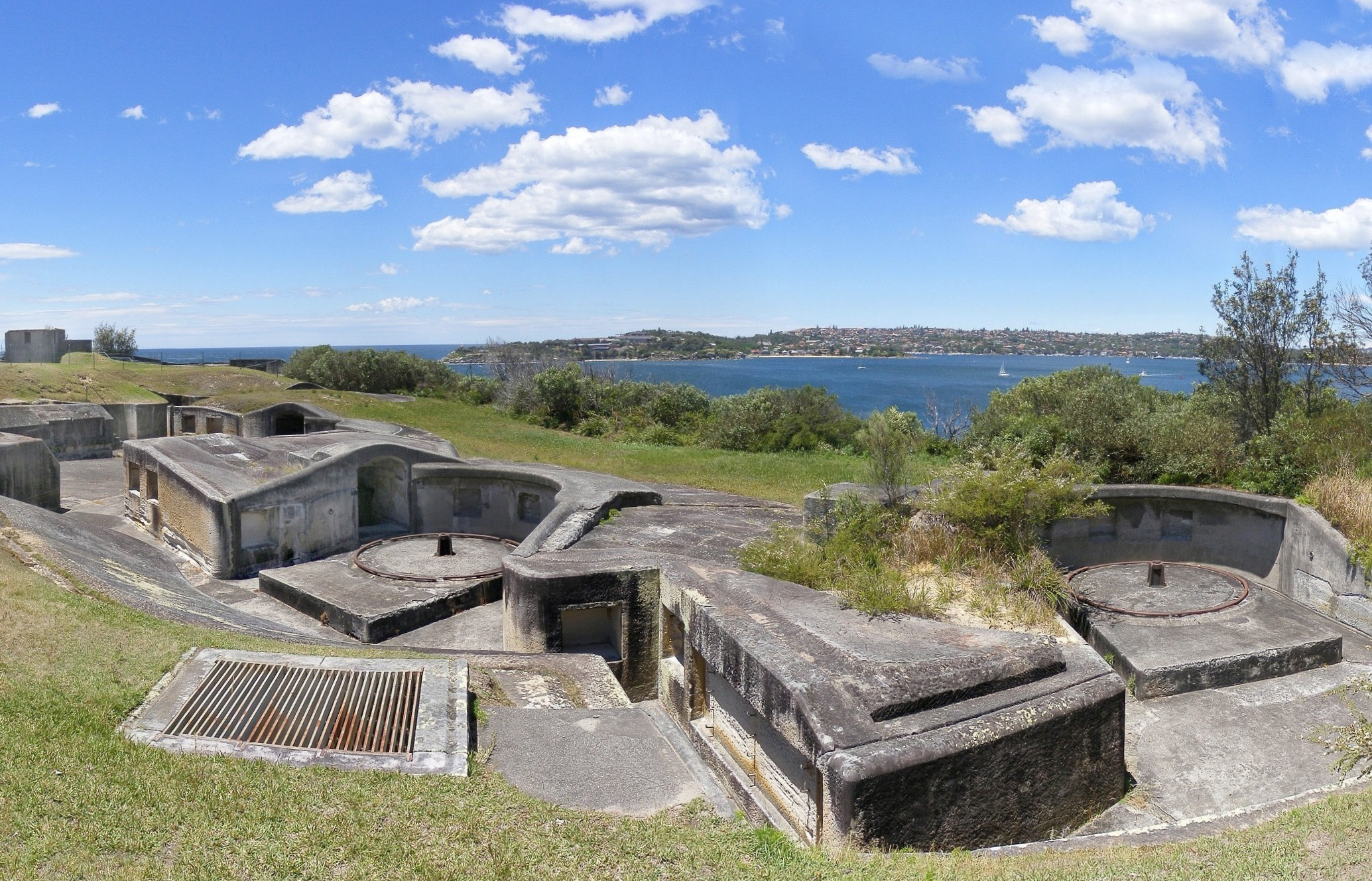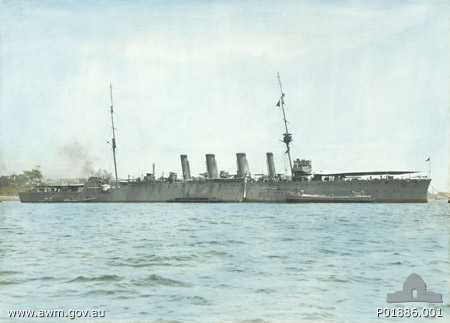|
BL 6 Inch Mk XI Naval Gun
The BL 6-inch Mark XI naval gun was a British 50 calibres high-velocity naval gun which was mounted as primary armament on cruisers and secondary armament on pre-dreadnought battleships from 1906 onwards. History The gun with its increased length of 50 calibres gave improved firepower over the current 6-inch Mk VII gun of 45 calibres. However, its increased length and weight made it unwieldy in the current manually operated shipboard mountings on light cruisers, which did not provide a steady platform. Britain reverted to 45-calibres guns in new warships from 1914 onwards with the BL 6-inch Mk XII gun. Of the 177 produced 126 remained for Royal Navy use in 1939. Naval gun Guns were mounted in the following ships : * The last 3 ''King Edward VII class battleships'' ''Britannia'', ''Africa'' and ''Hibernia'' laid down 1902–1904 * Armoured cruisers: HMS ''Duke of Edinburgh'' and ''Black Prince'' laid down 1903 * ''Bristol'' class light cruisers laid down 1909 * ' ... [...More Info...] [...Related Items...] OR: [Wikipedia] [Google] [Baidu] |
HMAS Melbourne (1912)
HMAS ''Melbourne'' was a Town class light cruiser operated by the Royal Australian Navy (RAN). The ship was laid down by Cammell Laird at Birkenhead in England in 1911, launched in 1912 and commissioned in 1913. At the start of World War I, ''Melbourne'' was involved in attempts to locate the German East Asia Squadron, and participated in the capture of German colonies in the Pacific, before being assigned to the North America and West Indies Stations. In 1916, the cruiser joined the Grand Fleet in the North Sea, where she remained for the remainder of the war. ''Melbourne'' spent late 1919 and early 1920 in reserve, then was flagship of the Royal Australian Navy from 1920 until 1928, except for a second period in reserve during 1924 and 1925. HMAS ''Melbourne'' paid off in the United Kingdom on 23 April 1928, and was scrapped in 1929. Design and construction ''Melbourne'' was a Town class light cruiser.Cassells, ''The Capital Ships'', p. 78 The ship had a standard displacem ... [...More Info...] [...Related Items...] OR: [Wikipedia] [Google] [Baidu] |
HMS Duke Of Edinburgh (1904)
HMS ''Duke of Edinburgh'' was the lead ship of the armoured cruisers built for the Royal Navy in the early 1900s. She was stationed in the Mediterranean when the First World War began and participated in the pursuit of the German battlecruiser and light cruiser . After the German ships reached Ottoman waters, the ship was sent to the Red Sea in mid-August to protect troop convoys arriving from India. ''Duke of Edinburgh'' was transferred to the Grand Fleet in December 1914 and participated in the Battle of Jutland in May 1916. She was not damaged during the battle and was the only ship of her squadron to survive. She was eventually transferred to the Atlantic Ocean in August 1917 for convoy escort duties. The ship was sold for scrap in 1920. Description ''Duke of Edinburgh'' displaced as built and fully loaded. The ship had an overall length of , a beam of and a draught of . She was powered by four-cylinder triple-expansion steam engines, driving two shafts, which pr ... [...More Info...] [...Related Items...] OR: [Wikipedia] [Google] [Baidu] |
One Of HMAS Melbournes 6-inch Guns On Display At The Fleet Air Arm Museum In February 2015
1 (one, unit, unity) is a number A number is a mathematical object used to count, measure, and label. The original examples are the natural numbers 1, 2, 3, 4, and so forth. Numbers can be represented in language with number words. More universally, individual number ... representing a single or the only entity. 1 is also a numerical digit and represents a single unit (measurement), unit of counting or measurement. For example, a line segment of ''unit length'' is a line segment of length 1. In conventions of sign where zero is considered neither positive nor negative, 1 is the first and smallest Positive number, positive integer. It is also sometimes considered the first of the sequence (mathematics), infinite sequence of natural numbers, followed by 2, although by other definitions 1 is the second natural number, following 0. The fundamental mathematical property of 1 is to be a multiplicative identity, meaning that any number multiplied by 1 equa ... [...More Info...] [...Related Items...] OR: [Wikipedia] [Google] [Baidu] |
6"/50 Caliber Gun
The 6"/50 caliber gun Mark 6 and Mark 8 (spoken "six-inch-fifty-caliber") were used for the secondary batteries of the United States Navy's and battleships, as well as the and armored cruisers. They were also used as the main battery on the protected cruisers. Design The /50 caliber Mark 6 guns were developed around the time of the Spanish–American War. The gun card designates the gun as 46-caliber but the Bureau of Ordnance lists the guns as 50-caliber. The Mark 6 gun was constructed of gun steel using a tube, jacket, four hoops, a locking ring, and Welin breech block. It was discovered that the pressure curve of the charge and the strength curve of the barrel match exactly along one point of the barrel, because of this the muzzle velocity was reduced from the original to . With the Mod 1 nickel-steel was used for the tube, two hoops and the locking ring, the gun was also hooped to the muzzle, because of this, the original muzzle velocity was able to be restored. The M ... [...More Info...] [...Related Items...] OR: [Wikipedia] [Google] [Baidu] |
15 Cm/50 41st Year Type
The was a naval gun used by the Imperial Japanese Navy before and during World War II. It had a bore with a length of (50 calibre) and fired shell for a distance of (in single mount version) or (in the later twin mounts). The gun was first used in single casemates on the Kongō-class battlecruisers and Fusō-class battleships and later in the Agano-class light cruisers in twin mountings. History The Type 41 was a Japanese version of the Vickers "Mark M", originally introduced by Vickers-Armstrong (Barrow) as the secondary battery for the Kongō-class. These original guns were designated by the Japanese Navy as the "Mark II", whereas the Japanese-designed copy (adopted from 1912) were designated as the "Mark III". In the 1930s, the Kongō-class were modernized, at which time these guns were replaced by new 12.7 cm/40 DP guns. The old guns were placed in storage and were reused on the Agano-class. Some were taken to Guam and were used for coastal defense batteries. In th ... [...More Info...] [...Related Items...] OR: [Wikipedia] [Google] [Baidu] |
List Of Naval Guns ...
List of Naval Guns by country of origin in decreasing caliber size List of naval guns by caliber size, all countries Naval anti-aircraft guns See also * List of artillery * List of the largest cannon by caliber *Glossary of British ordnance terms References {{reflist External links NAVWEAPS – Naval weapons of the world, 1880 to today(retrieved 2010-02-01) Naval A navy, naval force, or maritime force is the branch of a nation's armed forces principally designated for naval and amphibious warfare; namely, lake-borne, riverine, littoral, or ocean-borne combat operations and related functions. It inclu ... [...More Info...] [...Related Items...] OR: [Wikipedia] [Google] [Baidu] |
Illowra Battery
Illowra Battery is a former Australian Army coastal-artillery battery located at Hill 60, Port Kembla, New South Wales in Australia, built and in service during World War II. It was also otherwise known as ''Hill 60 Battery''. History Two large naval-gun emplacements were constructed, both housing British BL 6-inch Mk. XI guns and complete with their protective gun-shields formerly held in storage from the decommissioned World War I-era Australian Navy cruisers HMAS ''Brisbane'', ''Sydney'' and HMAS ''Melbourne''. Two large tunnels were built to support the gun-battery and are steep in its descent underground and is fitted with a small-gauge tram/trolleyway used for hauling the guns' shells to their breeches located at the two coastal-gun emplacements above. Aside from the two tunnels, a concrete bunker was also built and is connected to the tunnel system. Illowra Battery was abandoned shortly after the end of World War II in 1945. A mushroom farm was established in it ... [...More Info...] [...Related Items...] OR: [Wikipedia] [Google] [Baidu] |
Sydney Harbour Defences
Sydney Harbour was protected by coastal batteries and other fixed defences from the early 19th century until the 1960s. These defences were constructed to protect the Australian city of Sydney from attack by enemy warships and submarines. Pre-Federation defences Sydney's earliest fortifications were built around Sydney Cove to protect the new colony of Sydney from attacks from non-British ships or convict uprisings. In 1791 the Dawes Point Battery was meant to be the first line of defence against an attack by the Spanish Empire, while Fort Macquarie was an upgraded from an early fort built in the same time to a larger one in 1798. A gun emplacement was built in 1801 on Middle Head (north of Obelisk Bay) during the Napoleonic wars, as well as another one at Georges Head. Fort Phillip was also built to protect from a potential French invasion in 1804, as well as following the Castle Hill convict rebellion the same year. More permanent fortifications were built during the first ... [...More Info...] [...Related Items...] OR: [Wikipedia] [Google] [Baidu] |
Torres Strait
The Torres Strait (), also known as Zenadh Kes, is a strait between Australia and the Melanesian island of New Guinea. It is wide at its narrowest extent. To the south is Cape York Peninsula, the northernmost extremity of the Australian mainland. To the north is the Western Province of Papua New Guinea. It is named after the Spanish navigator Luís Vaz de Torres, who sailed through the strait in 1606. Prehistory The islands of the Torres Strait have been inhabited by humans for at least 2,500 years and possibly much longer. The various Torres Strait Islander communities have a unique culture and long-standing history with the islands and nearby coastlines. Their maritime-based trade and interactions with the Papuans to the north and the Australian Aboriginal communities have maintained a steady cultural diffusion among the three societal groups, dating back thousands of years. History The first recorded European navigation of the strait was by Luís Vaz de Torres, a pil ... [...More Info...] [...Related Items...] OR: [Wikipedia] [Google] [Baidu] |
HMAS Brisbane (1915)
HMAS ''Brisbane'' was a Town class light cruiser of the Royal Australian Navy (RAN). Built in Sydney between 1913 and 1916 to the ''Chatham'' subtype design, ''Brisbane'' operated in the Indian Ocean, Pacific Ocean, and Australian coastal waters during World War I. Following the end of the war, the cruiser was decommissioned and recommissioned on several occasions, and was reclassified as a training ship in late 1925. In 1935, ''Brisbane'' was reactivated to transport personnel for the new cruiser to Britain, after which she was decommissioned and sold for breaking up as scrap. Design and construction ''Brisbane'' was built by Cockatoo Island Dockyard to the ''Chatham'' subtype of the Town class cruiser design.Cassells, ''The Capital Ships'', pp. 35–6 Laid down on 25 January 1913, the cruiser was launched on 30 September 1915 by the wife of Andrew Fisher; Prime Minister of Australia on three occasions. ''Brisbane'' was commissioned into the RAN on 31 October 1916, althou ... [...More Info...] [...Related Items...] OR: [Wikipedia] [Google] [Baidu] |
HMAS Sydney (1912)
HMAS ''Sydney'' was a ''Chatham''-class light cruiser of the Royal Australian Navy (RAN). Laid down in 1911 and launched in 1912, the cruiser was commissioned into the RAN in 1913. During the early stages of World War I, ''Sydney'' was involved in supporting the Australian Naval and Military Expeditionary Force, and escorting the first ANZAC convoy. On 9 November 1914, she defeated the German cruiser at the Battle of Cocos. During 1915 and 1916, ''Sydney'' operated on the North America and West Indies Station, before joining the 2nd Light Cruiser Squadron at Greenock, Scotland in November 1916. On 4 May 1917, the cruiser was involved in an inconclusive action against the German zeppelin ''L43''; neither was damaged. During late 1917, ''Sydney'' became the first Australian warship to launch an aircraft, and the first warship to do so from a rotatable platform. After the war's end, ''Sydney'' spent a year in reserve before being reactivated to serve as Flagship of the RAN. ... [...More Info...] [...Related Items...] OR: [Wikipedia] [Google] [Baidu] |
6 Inch Mk XI Gun And Crew Moreton Island Qld Nov 1943 AWM 060072
6 (six) is the natural number following 5 and preceding 7. It is a composite number and the smallest perfect number. In mathematics Six is the smallest positive integer which is neither a square number nor a prime number; it is the second smallest composite number, behind 4; its proper divisors are , and . Since 6 equals the sum of its proper divisors, it is a perfect number; 6 is the smallest of the perfect numbers. It is also the smallest Granville number, or \mathcal-perfect number. As a perfect number: *6 is related to the Mersenne prime 3, since . (The next perfect number is 28.) *6 is the only even perfect number that is not the sum of successive odd cubes. *6 is the root of the 6-aliquot tree, and is itself the aliquot sum of only one other number; the square number, . Six is the only number that is both the sum and the product of three consecutive positive numbers. Unrelated to 6's being a perfect number, a Golomb ruler of length 6 is a "perfect ruler". Six is a c ... [...More Info...] [...Related Items...] OR: [Wikipedia] [Google] [Baidu] |









